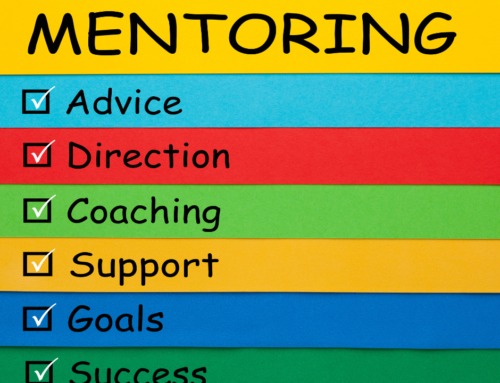In addition to leading workshops, we also have a coaching practise called, CHAT Easy: Coaching that Connects.
The story I’m going to share with you today revolves around one of the clients I coached. I think you’ll find it helpful if you’ve ever needed to have one of those “difficult conversations” with someone in the workplace that you’re just not getting along with.
Have I peaked your interest?
There are so many research pieces out there that tell us how many people go to work and spend a great deal of their energy (physical and emotional) avoiding spending time with other employees.
Sound familiar?
Yes, I imagine most of us have been one of those employees who at some point in our life wanted nothing to do with another co-worker and made decisions (or indecisions) about our working environment because of that toxic relationship.
In many of these studies, it’s found that those employees who struggled with these negative relationships did not deal face to face with the problematic person.
Instead, they let their frustration fester…and fester….and fester.
The result?
You’ve guessed it.
An even worse situation resulted!
This lack of response only served to prolong and exasperate the situation. In fact, that relationship may even become the reason that many people just simply leave to find other places of work.
So back to my coaching story…One of our clients (let’s call him Derek) was struggling with a relationship just like that at his workplace.
His lead-hand, with whom he had worked for several years, began to continuously get on his case about things that previously had not been an issue.
Additionally, this lead-hand communicated in a fashion that did not encourage conversation or dialogue. Instead of telling Derek why he should be doing, or not doing, something, he simply said, “Do this…” or “Don’t do that…”
Derek told me that he felt he was being talked to as if he was a child.
The consequence for him was that he immediately became defensive and resistant to his lead-hand’s “demands” (which is how Derek saw them), and although he followed the instructions provided to him, Derek was not happy about it.
Derek found himself talking about his lead-hand to other co-workers behind his back in order to see if other employees felt the same way.
The response was mixed. Some reminded him that the lead-hand was in charge and that Derek’s resistance could be construed as insubordination. They also added that the lead-hand had not changed at all over the years that he had been at the firm, and that perhaps Derek himself was actually the problem.
Others seemed more sympathetic to him, with one employee sharing a brilliant suggestion with Derek: “Just try talking to him.” (Cue dramatic fanfare)
Derek’s reaction at the time followed this sequence:
- Talk to the other person?
- No way!
- The lead-hand is the problem.
- He should stop talking to me like that.
- I shouldn’t have to do anything!
(I should probably add that Derek is 49 years old and has been with this firm for nine years…)
Unfortunately, this is a reality that is played out again and again within workplaces—employees silently endure the tirades and taunting behaviour of a co-worker or supervisor and instead of talking to that person (or anyone), they leave to find a new workplace.
That was the point where Derek was when he and I started working together. In one of our early conversations, we arrived at a point where Derek acknowledged that talking to the lead-hand would be an important step.
It was also clear that Derek lacked the tools for feeling confident about such a conversation.
I told Derek that I would send him a guide for strategizing that conversation.
Below is what I sent him:
DEFINE THE OUTCOME
- What is the issue?
- What problem does the issue cause me?
- What outcome do I want from the discussion?
CONSIDER THE OTHER PERSON’S PERSEPCTIVE
- How will the other person perceive the situation?
- What issues might the other person have with me?
PLAN THE OPENING STATEMENT
- Clearly describe the behaviour in objective terms (use observations, not judgements).
CONSIDER THEIR RESPONSE
- What might the person say – and how will you respond?
PREPARE TO CLOSE THE DISCUSSION
- How can you leave the person feeling positive?
The next conversation was scheduled for two weeks’ time.
At the very beginning of our next meeting, Derek exclaimed:
“Phil, you will be so proud of me! I talked to my lead-hand. I followed your guide and things are so much better!”
Although Derek had decided to have the conversation with his lead-hand without waiting to do a dry-run with me, he told me that as soon as he saw the simple structure of the process, he knew he could tackle it.
Interestingly, he found out in that conversation that the lead-hand had a lot going on in his life and he ended up apologizing to Derek for how he had been treating him.
The quick takeaway?
We all know where we want to go, but we often don’t have a map of how to get there.
I had sent Derek the map that he was missing and he immediately started his journey…
What maps are you missing?
Carpe Diem, happy “travels!”







Leave A Comment